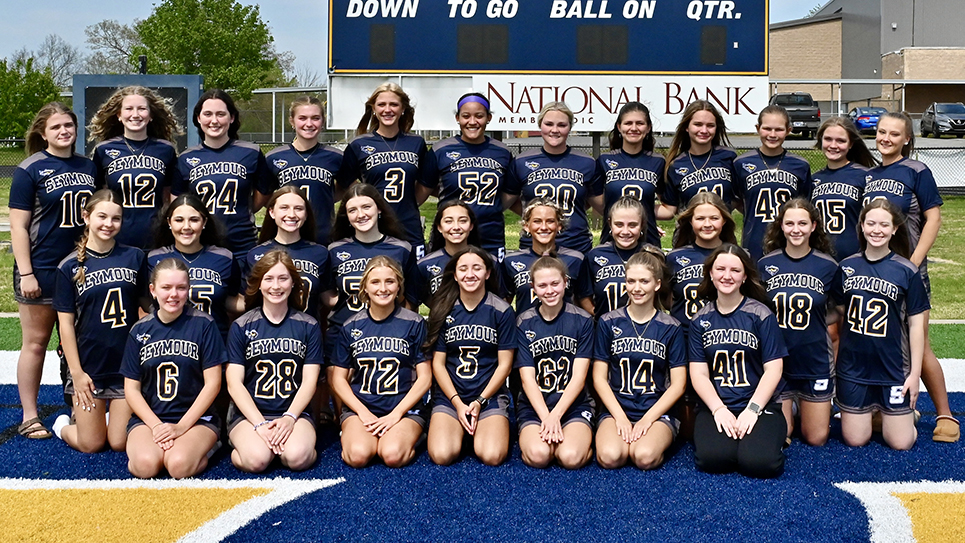Critical thinking
By Joe Rector
Critical thinking is defined as “the objective analysis and evaluation of an issue in order to form a judgment.” This skill is taught in schools today, but the explanation of it, and the assignments that are paired with the term make critical thinking seem to be a difficult task that only the greatest of minds can complete. Leave it to education to take something easy and make it impossible to understand.
Now, in some settings, critical thinking can be a much more difficult process. Using the skill in literature or philosophy can be torturous. The reading of a great novel is assigned, and students must complete a critical analysis of the book. In philosophy, students are given the task of studying a philosophical idea and applying it to life. “To Kill a Mockingbird” is one of the greatest novels ever written, and its messages have been clear to readers for years. Existentialism is a philosophy that isn’t so easily understood. Individuals must put more effort into understanding it and then applying the wholeness of it to life. Still, both require critical thinking.
The use of critical thinking skills continuously enters our daily lives. Moms go to the grocery stores for the week’s groceries. Lists of items help them in making choices for meals. My dear wife analyzes the contents of most items she takes from the shelves. Some products have too many unhealthy ingredients for her to buy them. Sometimes, the ingredients of a name brand are identical to those of a generic one. Based on those two things and others of which I am not privy, Amy loads her buggy with items for meals and snacks.
I taught high school English for 30 years. My students wrote plenty of essays, and I graded them by putting chapter numbers from the Harbrace Handbook beside mistakes. Some folks said I graded too harshly because some papers looked as if I’d bled on them. My students knew what I was doing. I read what they had created and scored them based on an analysis of their use of grammar and writing rules. After that, I assigned grades based on that criteria. No, I wasn’t interested in letting the students express their inner beliefs or writing conventions. My goal was to teach them to write essays that would pass in a college class or help them to better express themselves in work-world situations.
Educational institutions have ways of making the simple difficult. They accomplish this by giving lofty names to everyday things. Critical thinking is nothing more than common sense. Any problem can be solved with the use of it. The simplest example might deal with money. A person wants a new car because his old one has many miles on it. The person goes shopping and discovers the soaring prices of new cars, especially when extras are added. He drops by Carmax and sees that prices for low-mileage vehicles are more to his liking. At home, the buyer looks at the cost of the car and the monthly payment. Then he looks at his other bills and monthly income. If he can meet the car payment, along with the rest of his bills, he might decide to purchase a vehicle. However, he might also decide to have his present car checked over and keep it for a while as he saves up money to buy a car in the future. That process is the long and short of “critical thinking.” Analyzing something is taking it apart to look at components. The judgment about that thing is based on the information gained from the analysis.
I have talked to a few authors in my lifetime, and none of them wrote scholarly things. Most of the writers that students studied were dead. Unless they revealed analyses of their works, I believe anyone can write a good one as long as he uses common sense and backs it up with examples from the text.
Critical thinking isn’t so hard, is it? Other more scholarly folks might disagree with my analysis, but I’m not so sure they would be any more correct. I produced it through critical thinking.






